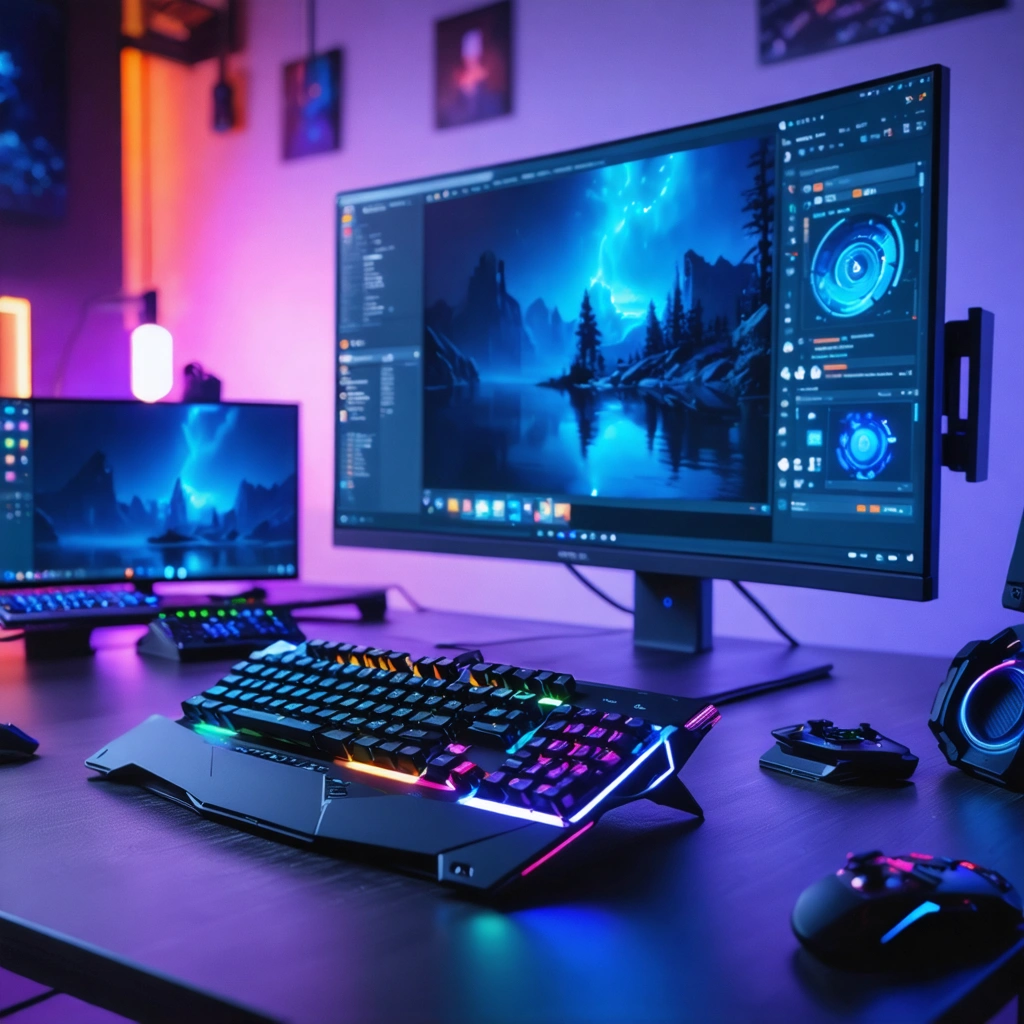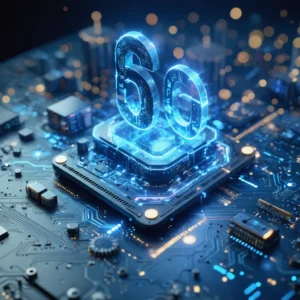
Introduction: A Call for Immediate Action
Recent events have rocked the gaming community as developers urge users of GeForce RTX 4000 and 3000 series graphics cards to revert to previous Nvidia drivers. In particular, users who updated to the 572.xx driver family experienced system crashes, stuttering gameplay, and unexpected frame drops. Developers and enthusiasts report that issues emerge notably in new titles such as Inzoi and The First Berserker: Khazan. Consequently, multiple gaming professionals and tech experts recommend a rollback of the latest drivers that have disappointed many. Moreover, several eye-opening testimonies, thorough technical analyses, and urgent community forum posts confirm that the current driver update disrupts optimal performance. Meanwhile, users encounter instability on multiple platforms. For instance, a prominent gaming blog recently explained, “The update challenges core functionalities in a manner that disrupts the smooth flow of gameplay,” and urged immediate corrective measures.
Unraveling the Nvidia Driver Update Issue
Developers and technical specialists describe the situation as both urgent and unexpected. They identify the following issues that disturb gameplay:
- Sudden crashes that interrupt gaming sessions
- Severe frame drops in visually intensive scenes
- Severe system freezes that require manual restarts
- Persistent stuttering that undermines smooth a gameplay experience
Furthermore, experts point out that these anomalies originate from driver optimizations that, unfortunately, do not suit the latest titles. In addition, myriad users report complications while launching games or during critical performance moments. Consequently, developers urge gamers to exercise caution and swiftly roll back the drivers to restore their systems. Additionally, several online tech communities provide step-by-step guidelines to help users revert to a stable release. Therefore, the urgency resonates across multiple platforms, and the combination of professional insights and diverse user testimonials emphasizes a pressing need to act.
Developer Insights and Community Reactions
Game developers actively voice their concerns to reach a broad audience. They contend that driver instability hampers not only the technical performance of popular titles, but also the creative vision of developers. In one interview, a lead programmer for The First Berserker: Khazan explained, “Our game demands consistent frame rates and reliable graphics output. The current driver disrupts these benchmarks, so we advise users to consider a rollback while Nvidia addresses the problem.” Moreover, many community members express unease in online forums, where they share experiences and technical logs. Consequently, gamers compile detailed reports on complaint threads while supplementing them with graphical data and precise error messages. Notably, the vibrant discussion in these channels highlights how promptly expert voices and regular users unite around a shared concern. In addition, technical deep-dives confirm that the update triggers unexpected hardware-software interactions that degrade performance, and multiple developers provide daily updates on potential workarounds.
Technical Analysis: Comparing Driver Versions and Their Impact
Technical reviews and benchmark tests present clear numerical evidence that showcases a decline in performance metrics. Analysts compile data to compare key performance indicators between the stable legacy driver versions and the problematic 572.xx series. The table below summarizes the reported issues:
| Metric | Legacy Driver | 572.xx Driver |
|---|---|---|
| Average FPS in Inzoi | 72 | 48 |
| System Uptime (hrs) | Continuous | Intermittent (restarts every 2-3 hrs) |
| Frame Stability | Consistently smooth | Frequent stutters |
| Crash Frequency | Minimal | Substantially higher |
Analysts deliver these statistics with clarity and insist on the importance of reverting to stable versions until Nvidia addresses the adverse effects. They furthermore allocate detailed reports that highlight the disparity in performance benchmarks and promote developer recommendations. In addition, these numerical values allow gamers to understand the root cause and make informed decisions. Thus, the technical community continuously polishes its guidelines and confirms the rollback recommendation using robust datasets.
Steps to Roll Back Nvidia Drivers
Users can initiate a rollback with a few simple yet precise steps. Developers outline the process in a sequential list to ensure clarity and efficiency:
- Uninstall Current Drivers: Navigate to the system’s control panel and remove the 572.xx drivers.
- Download Legacy Drivers: Visit Nvidia’s official website and locate the last stable driver version.
- Install the Stable Version: Follow the installation guide carefully while ensuring you complete each step.
- Restart the System: Promptly reboot your computer to apply the changes effectively.
- Test and Verify: Launch favorite games to confirm optimal performance and smooth gameplay.
Additionally, many users document their rollback process on streaming platforms and community forums. Their step-by-step tutorials, supplemented with screenshots and video guides, help others complete the process easily. In this way, gamers create a supportive network that accelerates troubleshooting efforts and fosters a sense of community. Meanwhile, numerous tech experts update their websites and social media channels with regular rollback progress reports, helping to keep the audience fully informed.
Looking Ahead: Nvidia’s Promise and the Future of Gaming
Significant pressure mounts on Nvidia as developers and users expect prompt action. Although the company previously acknowledged the driver update complications, Nvidia now reassures customers by promising an updated patch and comprehensive support for affected users. Moreover, representatives appear actively engaged in collecting telemetry data, promising to resolve the issues while maintaining performance improvements. Enthusiasts and analysts closely monitor announcements and patch notes, hoping that Nvidia will reconcile cutting-edge innovations with stability. Additionally, these dynamic efforts signify an opportunity for manufacturers to refine their development pipelines to prioritize reliability and performance consistency. Furthermore, the community remains optimistic that Nvidia will soon provide driver versions that support the evolving complexity of demanding titles like Inzoi and The First Berserker: Khazan.
Conclusion: Community Resilience and Developer Collaboration
Developers, gamers, and tech experts join forces to overcome these challenges. They maintain their commitment to troubleshooting and continuous improvement while actively contributing valuable feedback to Nvidia. In summary, Nvidia’s recent driver update controversy underscores the delicate balance between technological advancement and system stability. Developers share informative resources, methodological rollback guidelines, and data-driven insights to ensure that the gaming experience remains uninterrupted and exciting. Meanwhile, gamers enthusiastically adopt best practices to secure a seamless environment for gameplay. As a result, the community’s resilience sets an inspiring precedent for collaborative problem-solving. Ultimately, both developers and Nvidia strive to nurture a reliable platform that supports the evolving dynamics of modern gaming, and users remain increasingly aware of the importance of proactive technical management.






